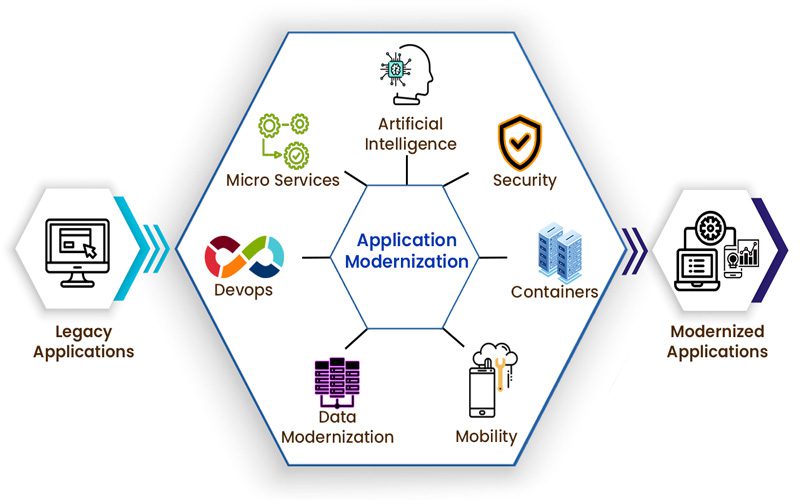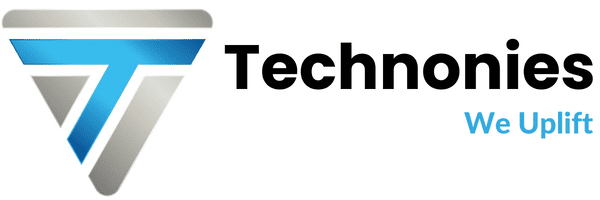



Create the agile enterprise of the future
It's important for businesses to avoid being slowed down by outdated systems.
A company’s ability to provide updated experiences for its workers, partners, and customers using cutting-edge digital technology is hampered by the prevalence of legacy applications, which are essential to the day-to-day running of many businesses.


the key technologies for application modernization
Replatforming outdated apps onto the container orchestration platform Kubernetes is at the centre of many application modernization plans. Kubernetes is able to assist businesses in delivering and managing containerized apps, legacy applications, cloud-native applications, and applications that are now undergoing refactoring into microservices.
Popular Services
Server Administration
24/7 NOC Support
Operation & Maintenance
Intelligent Out Dialer
Managed Services
Web App Development
Application Development
IT Infrastructure
How can we help you?
Modernization
New to Kubernetes
Even in mission-critical, long-standing systems, a Kubernetes platform may liberate new value and spur creativity. Shorter release cycles, more experimentation with new ideas, and quicker feedback loops are all made possible by breaking down monoliths into smaller chunks, adopting continuous integration and delivery, A/B testing, and canary deployment capabilities. Continuous delivery and enhanced software delivery performance are enabled by modernizing and transferring workloads to Kubernetes.
Many of the tools, processes, and technologies involved in application modernization rely on one another in order to function.
Automation
Kubernetes simplifies many of the laborious tasks of installing, maintaining, and scaling containerized applications. DevOps and CI/CD, which speed up release cycles, need automation.
APIs
APIs integrate data, apps, and devices throughout your IT business to improve communication and collaboration. Incompatible technologies waste time and money.
Microservices
Microservices are a software architecture and methodology. Applications are divided into separate microservices. Microservices do the same duties as monolithic programmes but are segmented.
Cloud services
Third-party suppliers host cloud services, which consumers may access online. They transfer user data from front-end clients (e.g., users' servers, tablets, desktops, laptops) to the provider's systems and back.

